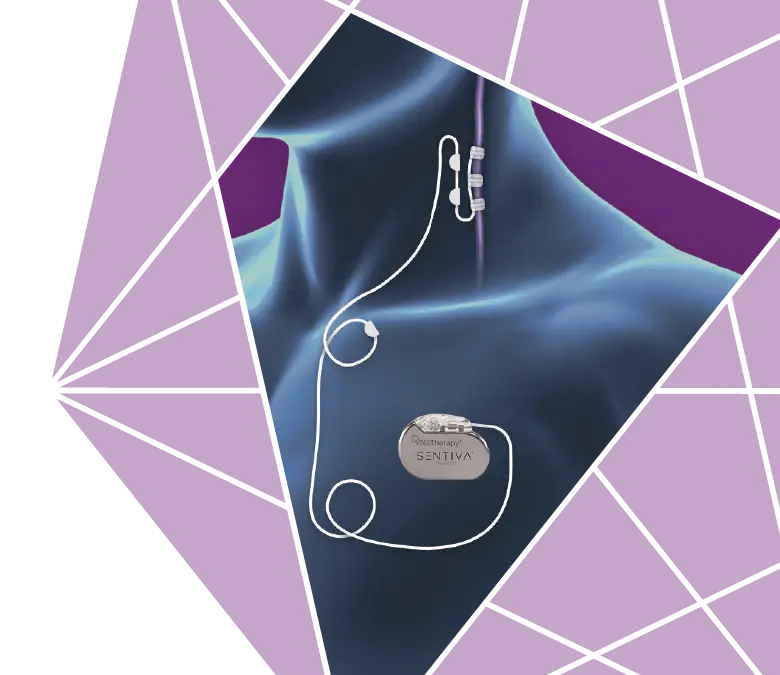The most common side effects of VNS Therapy include:
Hoarseness
Coughing
Sore throat
Prickling or tingling of the skin
Shortness of breath
These side effects generally only occur during stimulation and usually decrease over time.
Infection is the most common complication of the procedure.
You can find more safety information here.





.webp?language=en-US)




